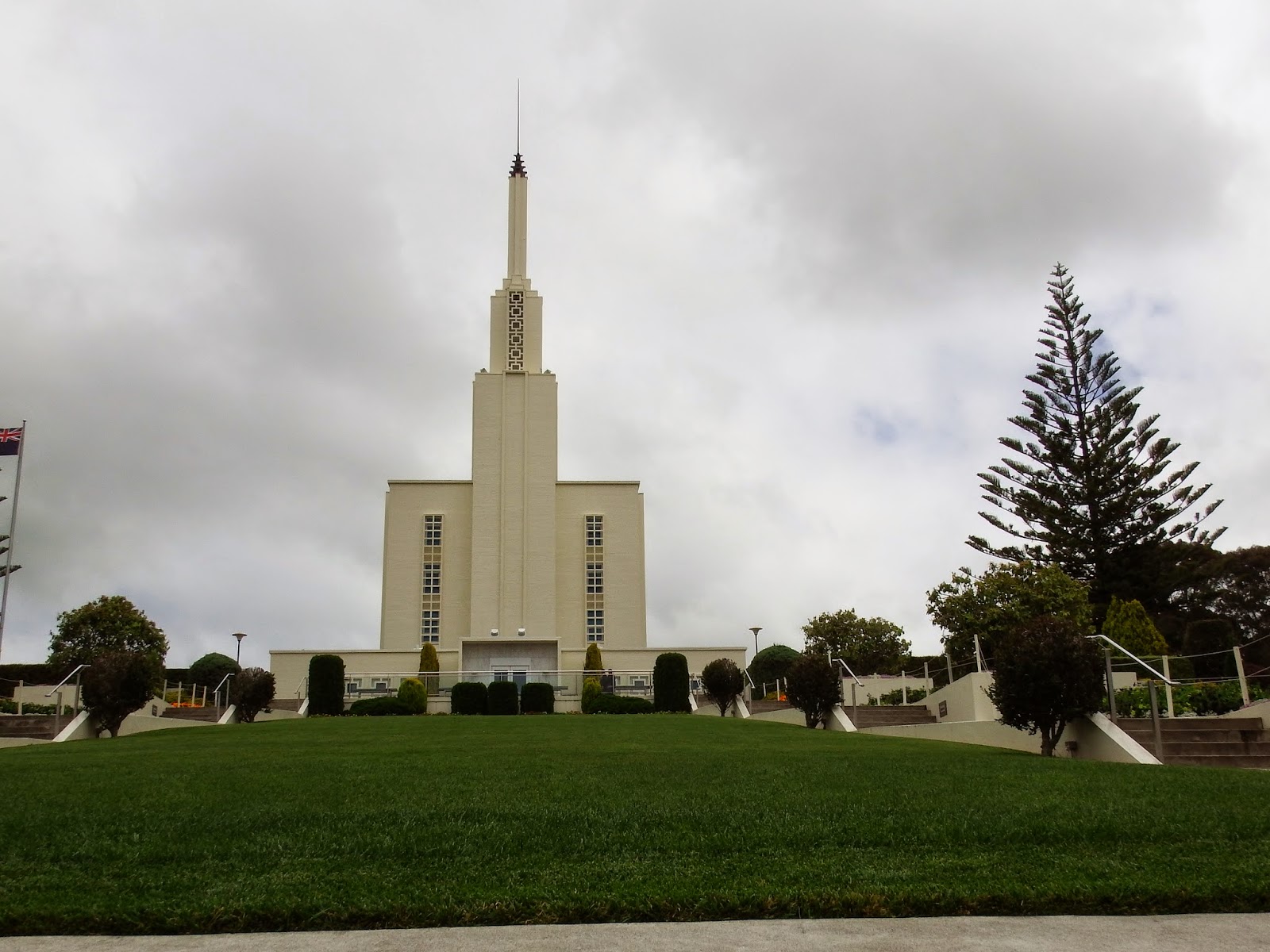
Muriwai or sometimes called Muriwai Beach is a small west coast community about 42 kilometres north west of Auckland. It is known for its gannet colony and as a surfers' beach. A great white shark claimed the life of a surfer here in 2013 just 30 metres off shore; a decidedly rare occurrence as it is the first in 30 years. The black sand beach extends unbroken for 50 kilometres to the north. Swimming, fishing and even hang gliding are favorite past times when the winds are accommodating.
 We ventured here primarily to see the gannets. We were not disappointed! The setting is what first caught our attention. A spectacular expanse of black sandy beaches, pounding surf, and sunshine with a majestic headland serving as a gateway for the beach beyond.
We ventured here primarily to see the gannets. We were not disappointed! The setting is what first caught our attention. A spectacular expanse of black sandy beaches, pounding surf, and sunshine with a majestic headland serving as a gateway for the beach beyond.
As enticing as the view was from a distance' I was anxious to get closer to see the gannet colony first hand.
Trails lead to three prominent over looks with a bird's eye view of the approximately 1200 member gannet colony.
Gannets are an interesting bird. They are masterful divers Plunging from 30 metres, they achieve depths beyond the reach of nearly any other species, yet its the speed they reach on the dive, up to 100 kilometres an hour that is truly amazing. They have air sacs in various parts of their bodies to absorb the impact. Even their nostrils are inside the mouth, presumably to protect them.
 There are a number of other design features that enable them to fly seemingly effortlessly, while maintaining incredible maneuverability, at least in the air. On land it is another story. Awkward and slow are words that best describe gannets.
There are a number of other design features that enable them to fly seemingly effortlessly, while maintaining incredible maneuverability, at least in the air. On land it is another story. Awkward and slow are words that best describe gannets.
They nest just outside the pecking range of their neighbour with the oldest dominant pairs occupying key positions near the center of the colony. Both parents care for the chicks. Usually only one is present while the other is out getting lunch.
Upon return gannets greet each other with a clacking of their beaks. Pairs reportedly stay together for life, demonstrating a loyalty to each other and their offspring which in itself is remarkable.
Now that we are getting somewhat accustomed to the driving conditions, we are willing to venture forth more readily. There is a lot to see. The challenge is to organize our limited time to take best advantage of what New Zealand has to offer. I call the one day a week I have my mental health day. Other days it is on the phone trying to calm troubled souls. To be sure, I have to stay one step ahead so I can be there when needed, so I find a brief reprieve on what is aptly called the 'preparation day'.
 |
| A view from the beach below |















